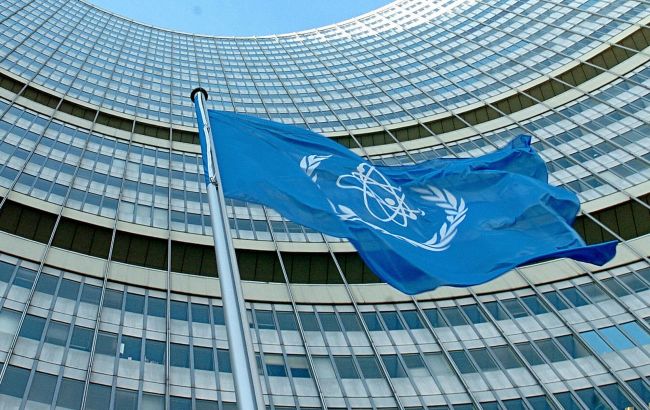Russia's recent massive shelling disrupted operation of two Ukrainian nuclear plants
 Illustrative image (Getty Images)
Illustrative image (Getty Images)
Russian shelling on Monday, August 29, disrupted the operation of the Rivne and South Ukrainian nuclear power plants, The Guardian reports.
According to a note from the Ukrainian mission to the International Atomic Energy Agency (IAEA), the Russian Federation poses a threat by shelling energy infrastructure.
"The Russian Federation continues to deliberately target Ukraine’s energy infrastructure, intending to disrupt the operation of the country’s nuclear power plants, which provide most of Ukraine’s electricity. Russian attacks pose a significant risk to the stable operation of nuclear facilities in Ukraine and the safety of millions of people," the note says.
According to the mission, as a result of the Russian shelling on Monday:
3 of the 4 power units at the Rivne NPP were disconnected from the grid;
South Ukraine NPP was forced to reduce its capacity. Due to fluctuations in the national power grid, unit 3 was disconnected from the grid.
Russian occupation of ZNPP
Zaporizhzhia Nuclear Power Plant (ZNPP) was seized by Russian troops on March 4, 2022. The Russians have been deploying their military equipment and ammunition on the plant's territory, as well as shelling the plant itself, damaging power lines and causing power units to shut down. At the same time, they blame the Ukrainian Armed Forces for these attacks.
On August 11, 2024, the head of the Nikopol district military administration, Yevhen Yevtushenko, reported a fire at the plant. Residents of Nikopol were the first to notice the fire at one of the plant's cooling towers, located on the temporarily occupied shore of the former Kakhovka reservoir. Despite this, ZNPP continued to operate normally.
President of Ukraine Volodymyr Zelenskyy later confirmed the fire and said it was caused by the Russian occupiers.
The IAEA responded to the incident, noting that its experts had witnessed thick dark smoke in the northern part of the plant, which appeared after numerous explosions. The cause of the fire could not be determined.

